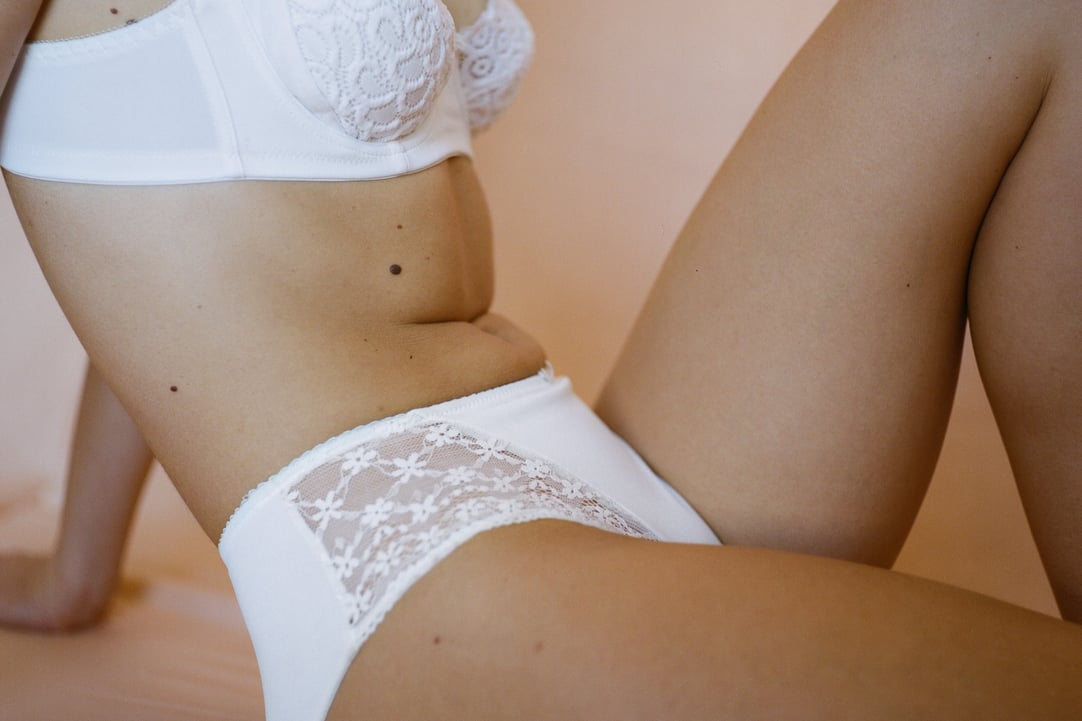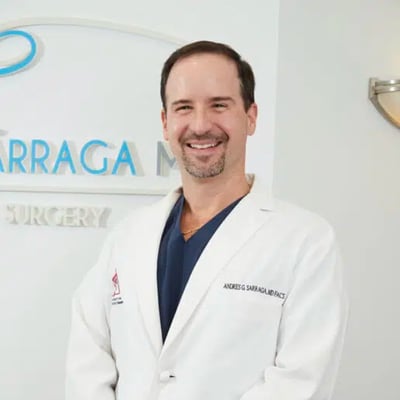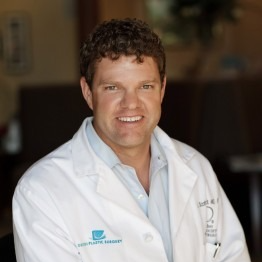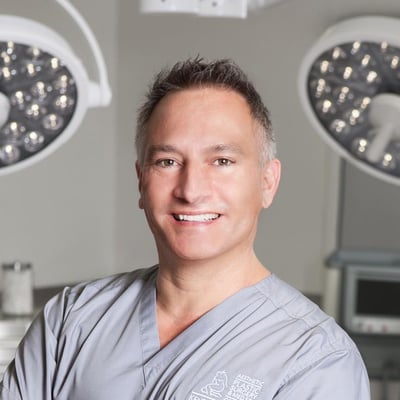As we age, many unavoidable physical changes occur in our bodies. Pregnancy also plays its part in stretching and sagging of skin, resulting in drooping of underlying tissues, slow metabolic activity, and easy accumulation of fats. Whereas, sometimes, excessive weight loss results in loss of skin elasticity.
Body contouring following significant weight loss reduces skin laxity and fat while improving the shape of the underlying supportive tissue. The result is a better-proportioned appearance with well-defined contours.
Types of body contouring procedures
Body contouring encompasses a range of procedures.
Surgical body contouring
Different types of surgical body contouring procedures are:
Arm lift: helps correct drooping skin of the upper arms
Breast lift: helps correct flat and sagging breast tissues
Facelift: helps fix skin laxity in the lower face, jowls, neck, and cheeks
Lower body lift: helps reduce skin laxity in the abdomen, buttocks, inner and outer thighs
Medial thigh lift: reduces sagging of the inner thigh
Tummy tuck: helps remove loosely hanging flaps of muscles hanging over the abdomen
Surgical body contouring is often necessary for people with shabby appearance after massive weight loss. Body lifts become the most suitable option when people have excessive fat deposits or liposuction doesn't give satisfactory results. Often, surgeons combine more than one type of body lits to get the target results. They thoroughly analyze your lifestyle, medical record, and desired outcomes before recommending a specific surgical body contouring procedure.
Non-surgical body contouring
Non-surgical body contouring, called lipolysis, also comprises several procedures. Different types of non-surgical body contouring methods include:
Cryolipolysis: cools fat cells to a very low temperature and destroys them
Injection lipolysis: targets fat cells by injecting deoxycholic acid into the body
Laser lipolysis: kills fat cells using laser technology
Radiofrequency lipolysis: targets fat cells using ultrasonic waves
Liposuction: sucks out fat deposits using negative pressure
Non-surgical lipolysis is a non-invasive method to remove fats. It is worth mentioning that non-surgical body contouring is not a weight loss solution. Ideal candidates are the ones who are close to their desired weight but want to eliminate stubborn fat pockets that won't go by exercise or diet control.
Non-surgical body contouring procedures have a few additional benefits: they don't need general anesthesia, don't leave scars, have less downtime, and have few to no side effects. After non-surgical body contouring, you can enjoy perfect curves as long as you maintain your ideal weight.










